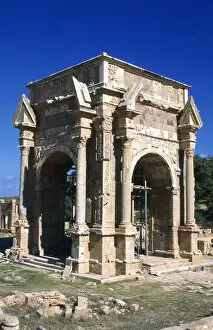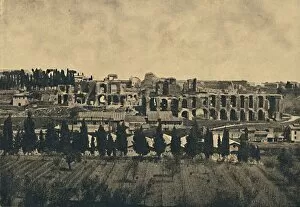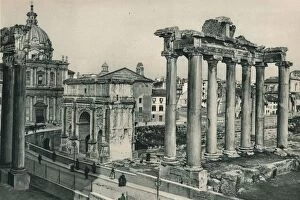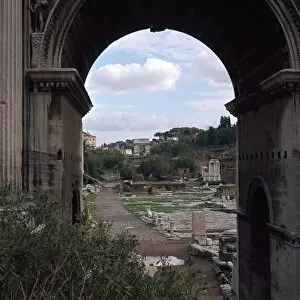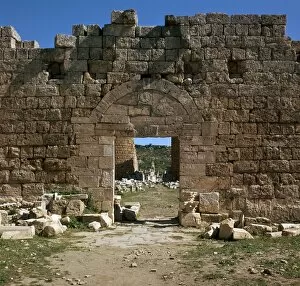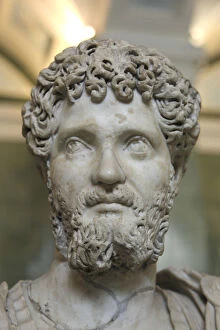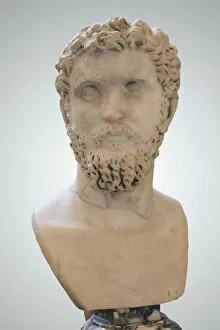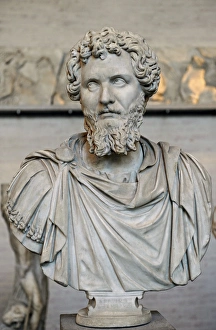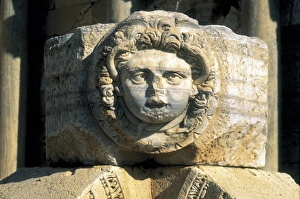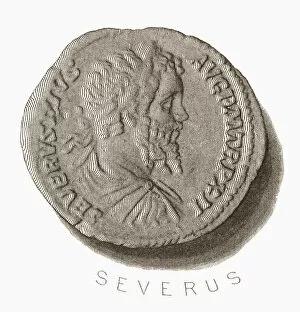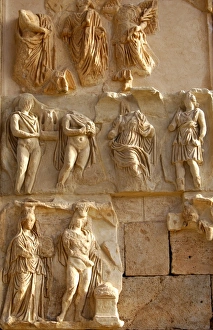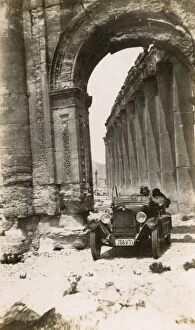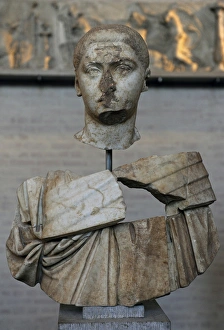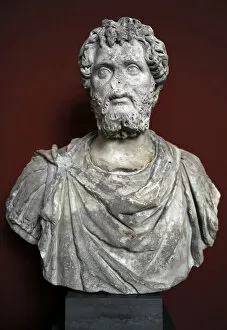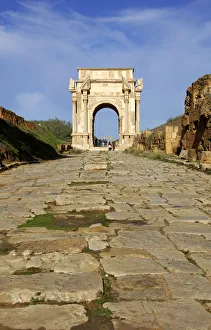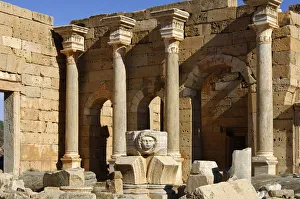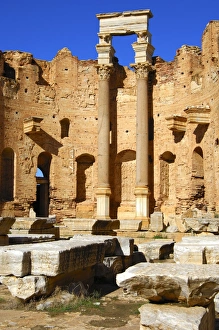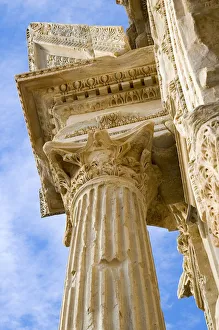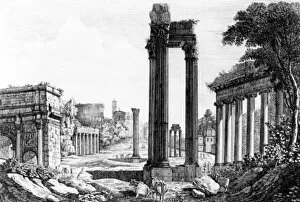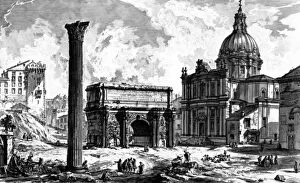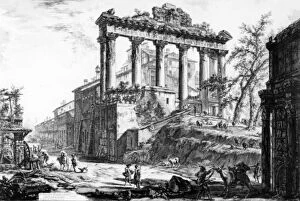Severus Collection (page 2)
"Severus: A Journey through Time and Empires" Step into the ancient world of Severus, a name that resonates with power and significance
All Professionally Made to Order for Quick Shipping
"Severus: A Journey through Time and Empires" Step into the ancient world of Severus, a name that resonates with power and significance. From Libya to Rome, his legacy stretches across continents and centuries. In the heart of Tripoli, Libya, lies Leptis Magna, an archaeological marvel that showcases the grandeur of Roman architecture. The Forum of Septimius Severus stands tall as a testament to his reign, its ruins whispering tales of political intrigue and imperial glory. Travel further west to Rome, Italy - the eternal city where history comes alive. The General view of The Forum transports you back in time as you imagine bustling crowds gathering for public speeches or witnessing gladiatorial contests. Close your eyes and let your imagination soar with pictorial reconstructions depicting Rome at its zenith. Visualize majestic temples adorned with intricate carvings while bustling streets are filled with merchants selling their wares. A portrait captures Emperor Majorian's stern gaze; a reminder of the challenges faced by those who sought to rule vast empires. Closer still is Emperor Septemus Severus himself - his bust immortalized in marble - symbolizing strength and authority. Leptis Magna beckons once more as we encounter another exquisite bust of Septimius Severus. Its craftsmanship speaks volumes about the reverence bestowed upon this great leader during his lifetime. Commodus' marble portrait takes us on a detour through time - an era marked by opulence but also corruption within the empire's corridors of power. Yet amidst it all stands Temple Vespasian and Arch of Severus; enduring symbols celebrating military triumphs etched into stone for eternity. As we journey onwards towards Procolitia's Roman antiquities site from 1876, we witness remnants left behind by those who served under Severus' command. These artifacts provide glimpses into everyday life during this remarkable period in history.



